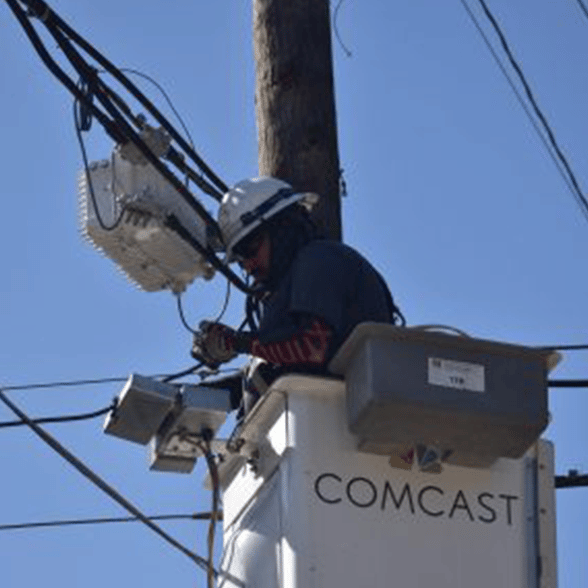 What happens when the lines blur between broadcast TV, cable, and Internet content? Is this what IPTV was supposed to be?
What happens when the lines blur between broadcast TV, cable, and Internet content? Is this what IPTV was supposed to be?
CNET hosted a roundtable of experts to address such questions and tackle the ever increasing collisions between video content online when the TV is also an Internet connected device. The roundtable included the prolific AMC’s Script to Screen and Mashable blogger Christina Warren as well as Boxee CEO, Avner Ronen.
During the roundtable discussion, both Warren and Ronen weighed in on everything from format wars, to limitations to content today, to controlling parties for content, to the viability of dropping your cable TV bill in favor of just a broadband bill. Of particular note, Warren detailed how her mother is consuming content via Tivo and online today but goes on to describe how this will likely evolve in the household to include if not converge on an iPad.
The live online streaming of the roundtable was followed up with placement of a video archive within just a few minutes after the live feed concluded. True to the topics covered, the CNET video embedded below is actually available in a variety of video formats suitable for internet enabled TV viewing or download to a mobile device.
Let that sink in for a moment…
When the topic “can you truly cut the cable” was raised, an the amusing point was made by CNET host Rafe Needleman. With respect to content availability, Needleman indicated he’d rather not pay two bills for the same content. Considering the mantra of TV Everywhere, perhaps there is something to be said for a simpler way to pay for what media is actually consumed at a price commensurate with the experience.
Sports content is an area that Ronen says Boxee will continue to pursue as will his competitors in the device market. Ronen went on to highlight that the Internet enables a better fan experience than broadcast TV provides today. His comments lead one wonder how long before every inch of the modern playing field is an interactive opportunity in waiting.
As iPad Day is at hand, the topic of iPad and where it fits came up as well. While a great many pundits are falling all over themselves regarding iPad and the lack of Adobe Flash support, Warren was quick to point out a likely fallacy in such objections: TV quality video content is often delivered in a Flash container while underneath it’s already in H.264 format. One need only open YouTube on an Adobe Flash bereft iPhone or iPod Touch to see her point.
And now a question for the Telecompetitor community:
Do you think the broadband strategy you have in place today will support the vision of the future outlined by Ronen and Warren in the video above?


